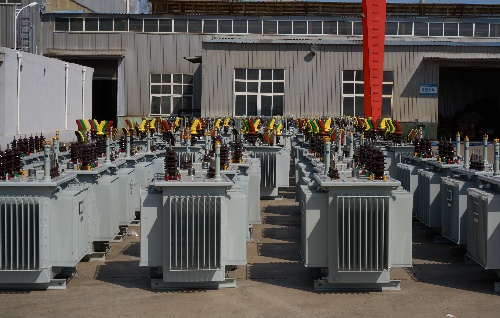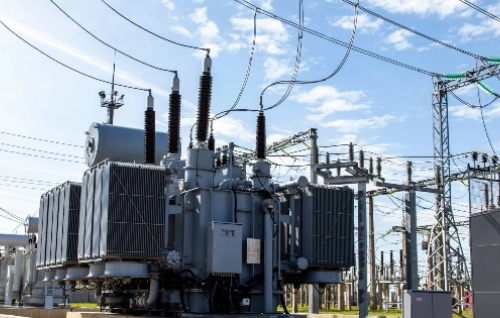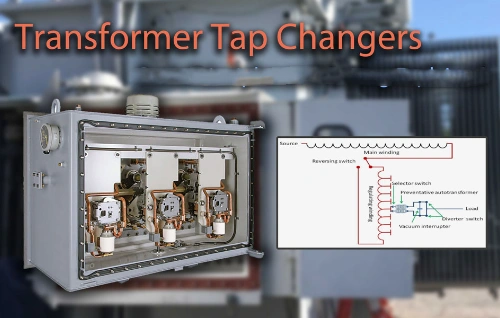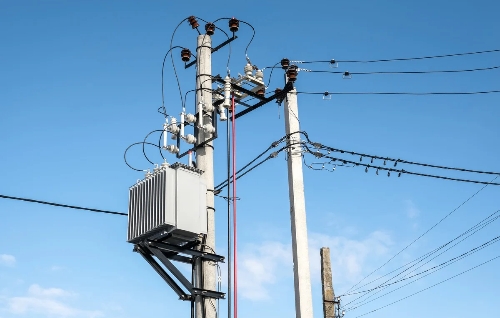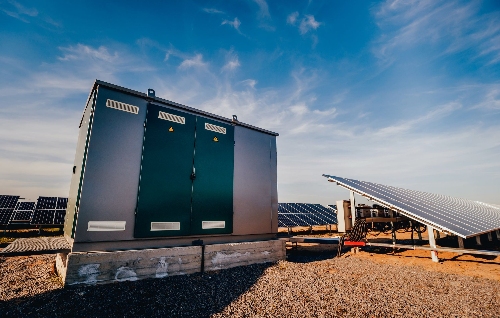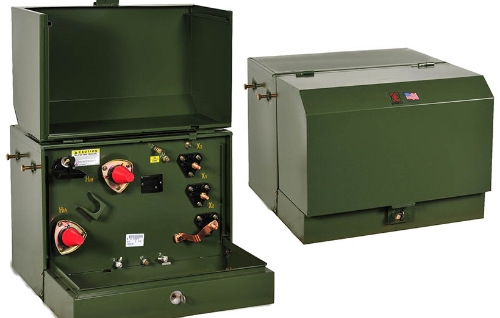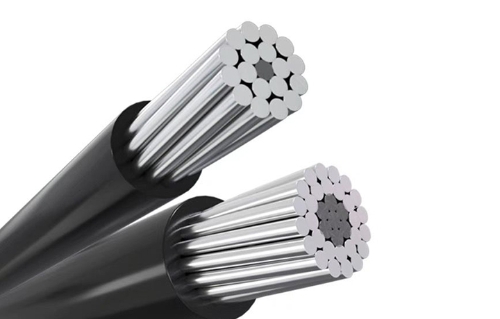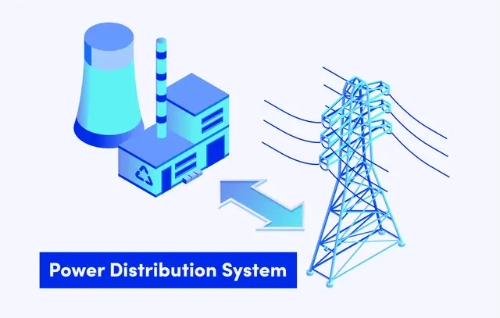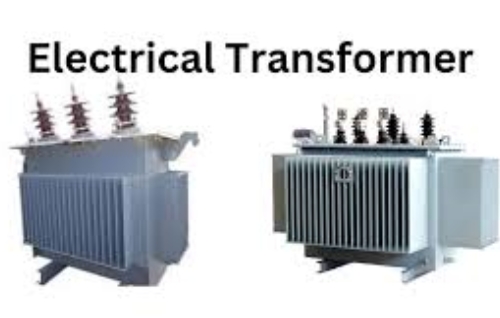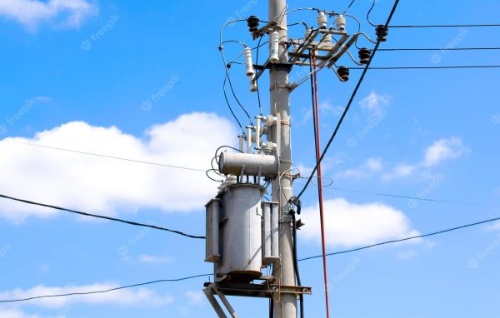What is the substation transformer, and how to they work?
In modern power systems, substation transformers are very important. They help distribute electricity safely and efficiently. This support is vital for daily life, work, and industry. This article explores the fundamentals of substation transformers and their applications, working principles, functions, and types.
What is a Substation?
A substation is a critical node in an electrical grid that facilitates the transmission and distribution of electricity. It acts as an intermediary between power generation plants and end-users (households, industries, etc.).
Substations are equipped with essential components such as transformers, circuit breakers, switches, and monitoring systems. Their primary purpose is to adjust voltage levels, route power flow, and ensure system stability and safety. Substations can vary in size, from small distribution units in urban areas to massive transmission hubs connecting regional grids.
Transformer Substations in Power Distribution
Transformers are the heart of a substation. They enable voltage conversion, a process vital for minimizing energy losses during electricity transmission. For example:
• Step-up transformers increase voltage (e.g., from 11 kV to 220 kV) for long-distance transmission.
• Step-down transformers: reduce voltage (e.g., from 33 kV to 11 kV or 400 V) for safe distribution to consumers.
By optimizing voltage levels, substation transformers ensure electricity reaches users efficiently while maintaining grid reliability. They also balance loads, isolate faulty sections, and integrate renewable energy sources into the grid.
How Does a Transformer Substation Work?
A substation operates through a coordinated process:
1. Voltage Adjustment: Transformers use electromagnetic induction to convert voltages. High-voltage electricity from transmission lines is stepped down for local distribution.
2. Switching and Protection: Circuit breakers and isolators control power flow and disconnect faulty lines to prevent damage.
3. Monitoring and Control: Sensors and SCADA (Supervisory Control and Data Acquisition) systems monitor parameters like voltage, current, and temperature, enabling real-time adjustments.
4. Power Distribution: Electricity is routed through buses and feeders to different areas based on demand.
This workflow ensures seamless energy transfer while prioritizing safety and efficiency.
What are the functions of a substation?
Substations perform multiple critical roles:
• Voltage Transformation: Adjust voltage levels for transmission and distribution.
• Power Routing: Direct electricity to specific regions or users.
• System Protection: Isolate faults (e.g., short circuits) to prevent cascading failures.
• Power Factor Correction: Use capacitors or reactors to improve grid efficiency.
• Integration of Renewables: Connect solar/wind farms to the grid.
• Data Collection: Provide operational data for grid management.
These functions make substations indispensable for maintaining a stable and resilient power supply.
Types of Substations
1. Distribution substation transformer: A distribution transformer designed for installation in a station or substation. It has cover-mounted primary and secondary bushings and can be provided with load tap changers (OLTC).
2. Station-type transformer: A transformer designed for installation in a station or substation. They typically locate in power substations, which control and distribute electricity.
Each type is tailored to specific operational needs, ensuring flexibility across the power network. Each type has its unique technical parameters and product list.
Conclusion
We need to understand the safe distance of the substation to ensure our safety. As our energy grids advance with smart technologies and the integration of renewable sources, substations will remain crucial in providing reliable and sustainable energy across the globe. These facilities are essential for modern electricity networks, as substation transformers facilitate voltage conversion, ensure safety, and optimize power flow, effectively connecting energy generation with consumption.

